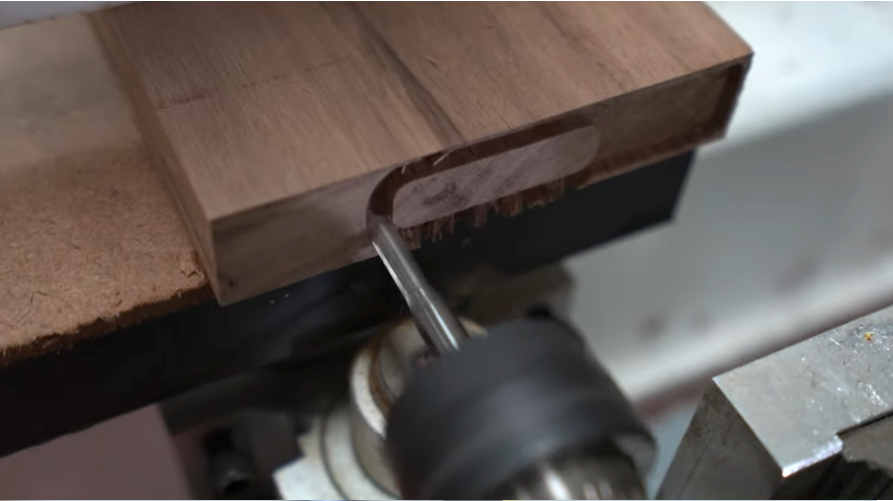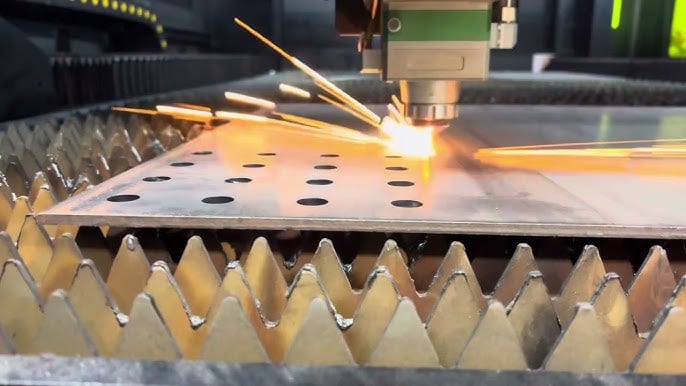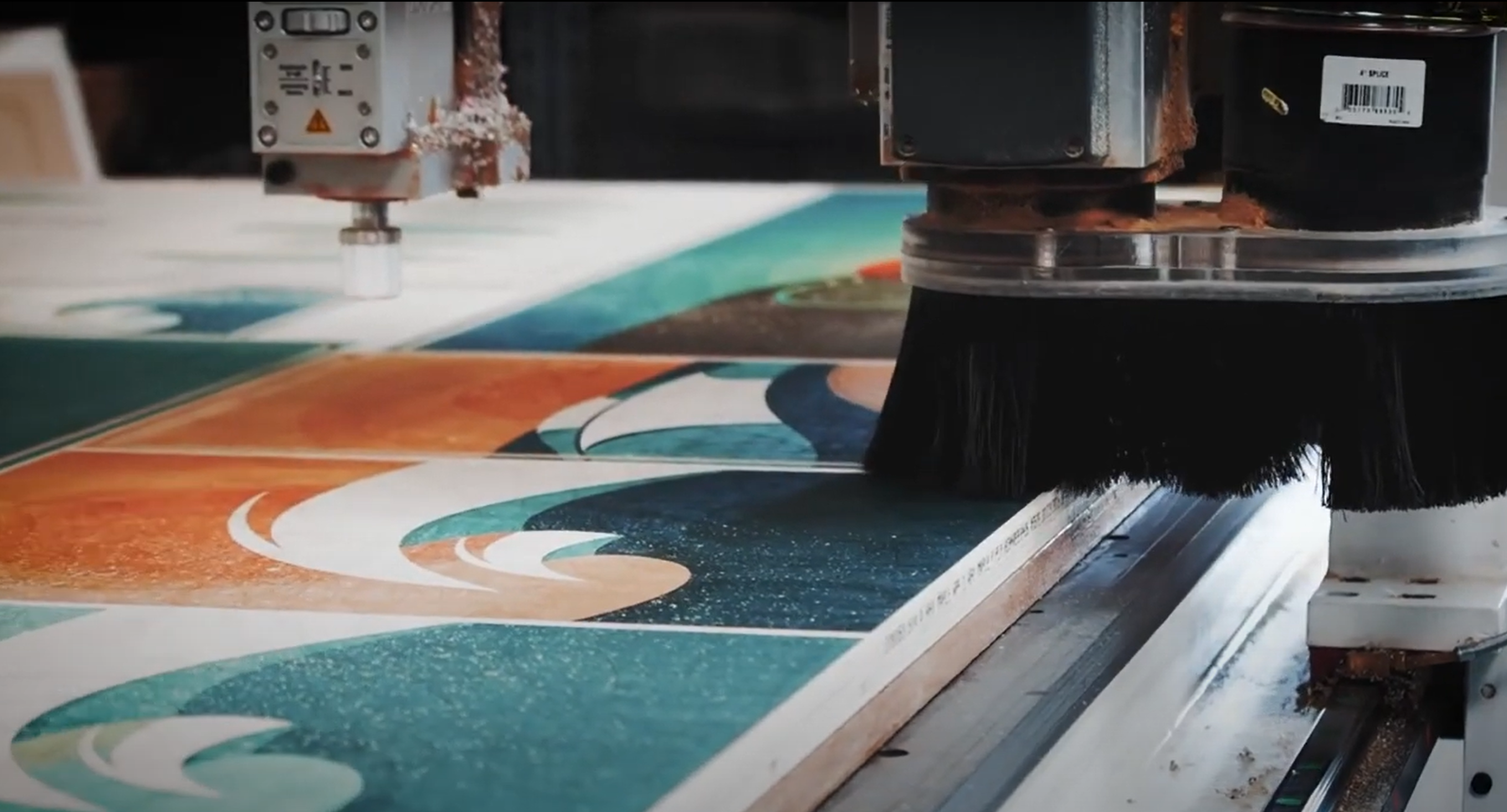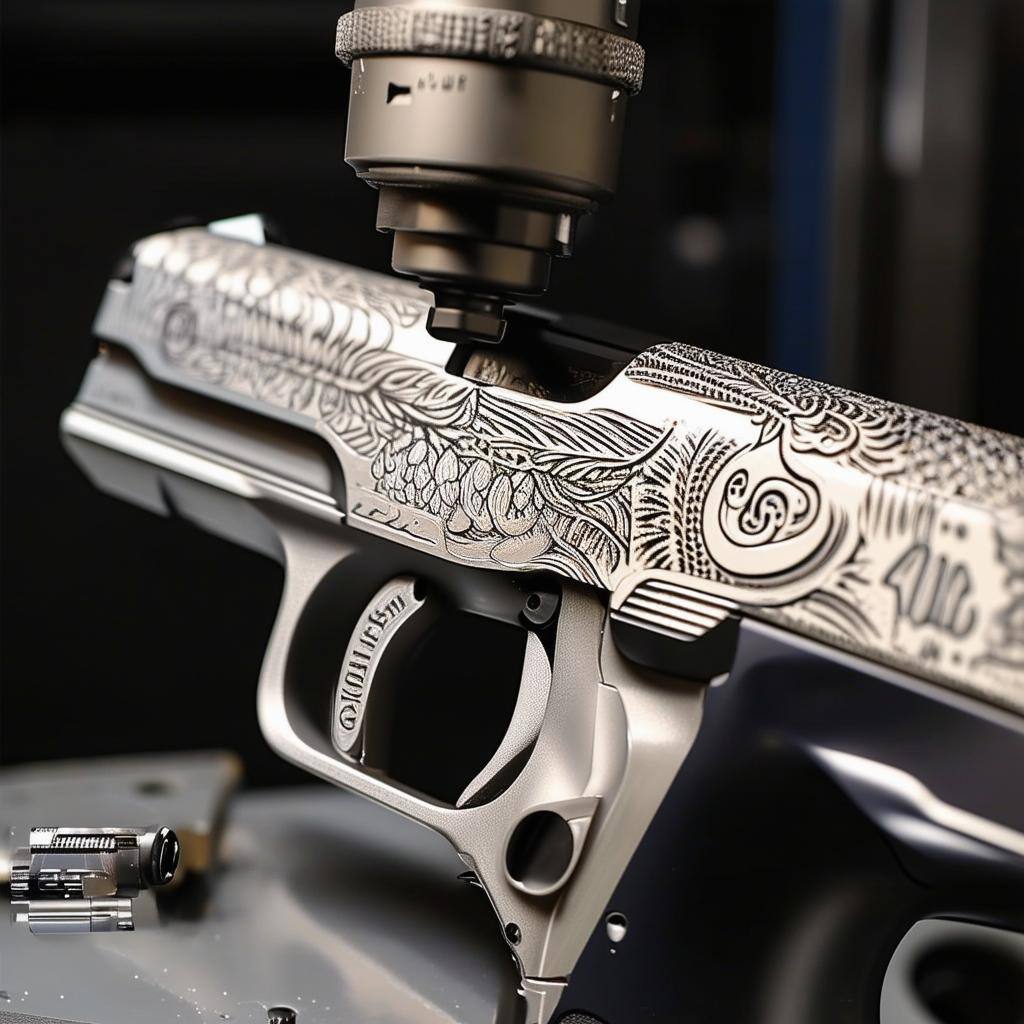In woodworking, joinery is the method of connecting multiple pieces of wood. Joinery is critical to manufacturing cabinets, furniture, doors, windows, flooring, and more. For beginner projects, joinery may involve glue, nails, and screws, but for advanced woodworkers like you, more complex applications require intricate joints.
CNC machines are a tool of choice for many woodworkers because they enhance many processes, including solid wood joinery. Discover the benefits of CNC joinery and the aspects to consider for woodworking projects.
Traditional Solid Wood Joinery Techniques
Woodworkers can complete many aspects of joinery using traditional tools, such as chisels, table saws, and bandsaws. The following are some of the most common basic techniques for joining pieces:
- Butt joints connect two pieces of wood using dowels, nails, or screws.
- Dado joints connect two pieces of wood by inserting a piece into a groove on another piece. The width of the groove is equal to the thickness of the adjoining piece

Dado joint photo credit: JBShelving.com
- Rabbet joints are like dado joints, but the cut appears along the board's edge.

Rabbet joint photo credit: Table-Saw-Guide.com
- Dovetail joints connect two pieces by cutting a portion out of one and flaring the other to fasten them together. The three types of dovetail joints include through, half-blind, and sliding.
- Half-lap joints connect two boards by removing half of each piece to join them flush.

Half-lap joint photo credit: Home D-Zine
- Miter joints fasten pieces of wood cut at 45-degree angles to form right angles.
- Mortise and tenon joints place an indentation (mortise) into one piece of wood and a projection (tenon) into the other to join them.

Mortise and tenon photo credit: Bob Vila
- Tongue and groove joints add grooves along one edge and protrusions (tongues) on the other to join two pieces.
- Box joints offer a convenient alternative to dovetail joints.

Box joint photo credit: Woodcraft
Types of CNC Joinery
The preceding methods are great for simple joinery, but professionals and hobbyists often require more complicated joints to make their finished products one-of-a-kind. This is where CNC router machining comes in. 3-axis CNC router machines cut joints relatively quickly that may otherwise be tedious to cut using standard shop tools.
The following are some woodworking joints you can achieve with a CNC router:
- 3-axis CNC corner joint: Connects pieces along an edge to create a corner, typically at a right angle
- 3-axis CNC housing joint: Connects two perpendicular pieces
- 3-axis CNC frame joint: Connects parts in a T or X arrangement, typically using half-lap joinery
- 3-axis CNC edge-to-edge joint: Connects two pieces at their edges to elongate them
- Box joint and dogbone: Connects two pieces at the corners using dogbone joinery for clearance
- Box joint with t-bone: Mimics the box joint with dogbone but delivers a cleaner interior corner
- Blind box joint: Connects pieces and keeps clearance cuts and fingers hidden for a clean, structurally sound part
- Step joints: Reinforces simple joints by adding more area for positive registration when gluing
You can accomplish more techniques by combining a CNC router with other tools, such as a handheld router.
Examples of CNC Routers & Wood Joinery
A specific example can help you better understand the benefits of CNC routed joinery. In the below image is a corner joint with the edges attached to form a right angle. This is a finger joint tenon, one of the simplest compatible tenons. The joints are exposed at the corners, leaving ample surface area for glue.
This design is a prime example of 3-axis joinery. In joining wood edge-to-edge (end-to-end), you can achieve a more decorative appearance and ensure the pieces resist pulling apart.
In the other image is a lapped dovetail, in which the back edge of the joint would be a straight line. The precision of a quality 3-axis CNC router empowers users to realize the accuracy necessary for this joint.
Full blind box joint (blind mortise and tenon): Provides strength and simple design when making drawers


Photo Credits: Digital Fabrication for Designers
Considerations with Solid Wood Joinery
Fixturing Workpieces
CNC routed joinery requires using router bits that place force on your workpiece, so sturdy fixturing is necessary. Additionally, you may encounter a tear out with router bits, but sharp tooling and tweaking feed rates can help minimize this issue and ensure you get the proper chip load during cutting.
Using the Router
CNC Router bits can’t reach the inside corners of square pieces, so all CNC joints require rounded corners. You must also ensure the router bit stays moving when cutting out corners; if the tool sits in one corner for too long, it generates excessive heat and wear and tear.
Programming Clearance
Neglecting to program clearance leads to improper mating of joints. Clearance can be tight because the accuracy of CNC machining, combined with sharp tools, should deliver the ideal fit. If it’s too tight, increase the clearance slightly on each side.
Adding Finish to Parts
If you apply a finish to any parts, such as paint or wax, it can prevent joints from connecting. Any finishing jobs should be considered when machining joints on routers.
Factoring in Thickness
When programming a toolpath for your project, you do it for a particular wood thickness. If you don’t account for different thicknesses, joints may not fit properly. Compensate for these discrepancies with parameters like “Stock to leave” and “Floor to leave” on the CAM software.
Positioning of Joints
Be cognizant of joint positioning concerning the outer edges of a part. A combination of your CNC router and solid fixturing ensures the edges and ends of each piece line up.
Find CNC Machines for Wood Joinery at Laguna Tools
Don’t rely on DIY techniques for wood joinery. If you want to achieve these types of solid wood joinery and more, numerous CNC machines enable precise and consistent routing. From strength to appearance to flexibility, the characteristics of outstanding wooden joints are possible with CNC machines.
At Laguna Tools, we offer multiple ideal CNC machines for wood joinery, such as SmartShop Series. To learn more about CNC joinery and our lineup, contact us today.

Photo Credit: Laguna Tools




